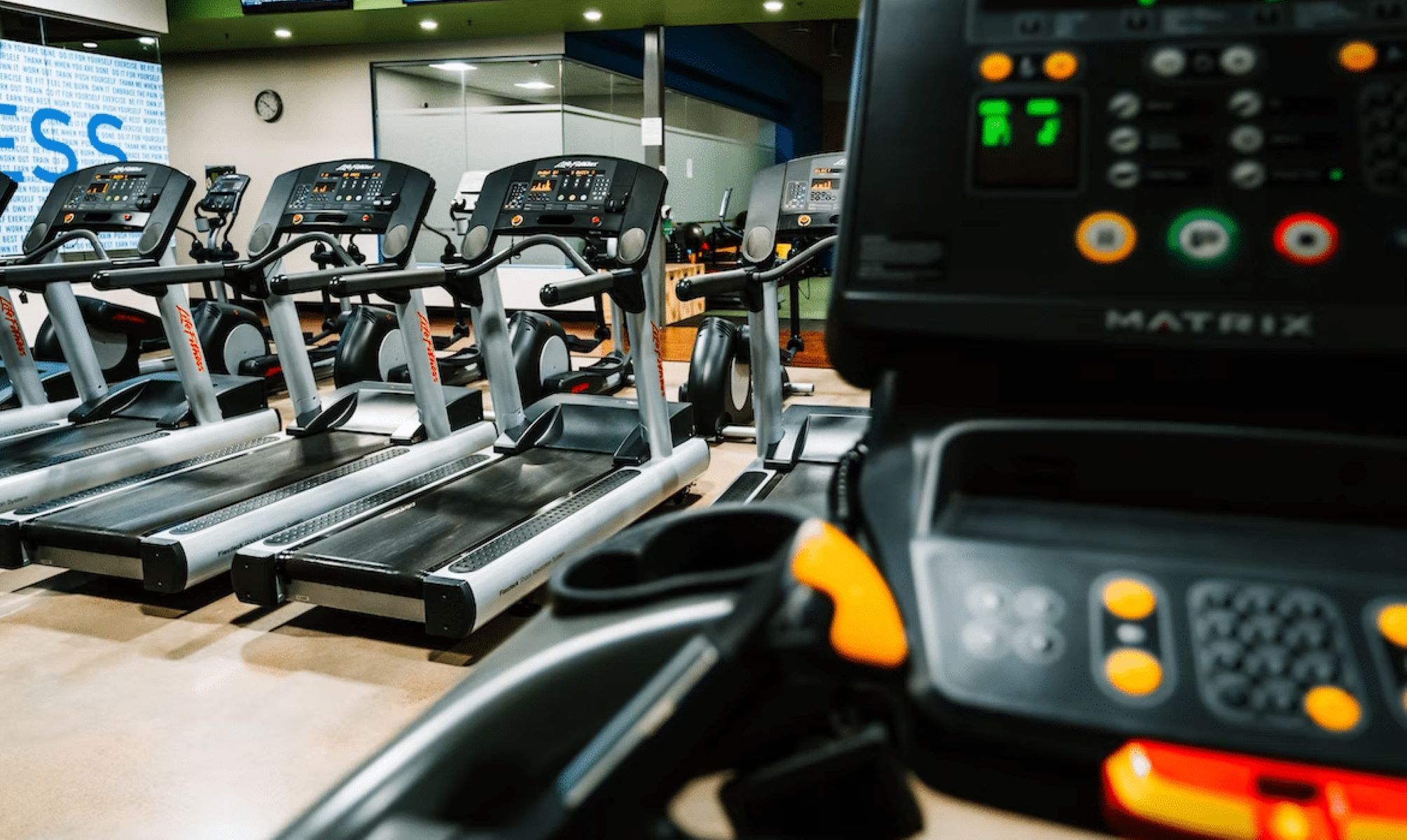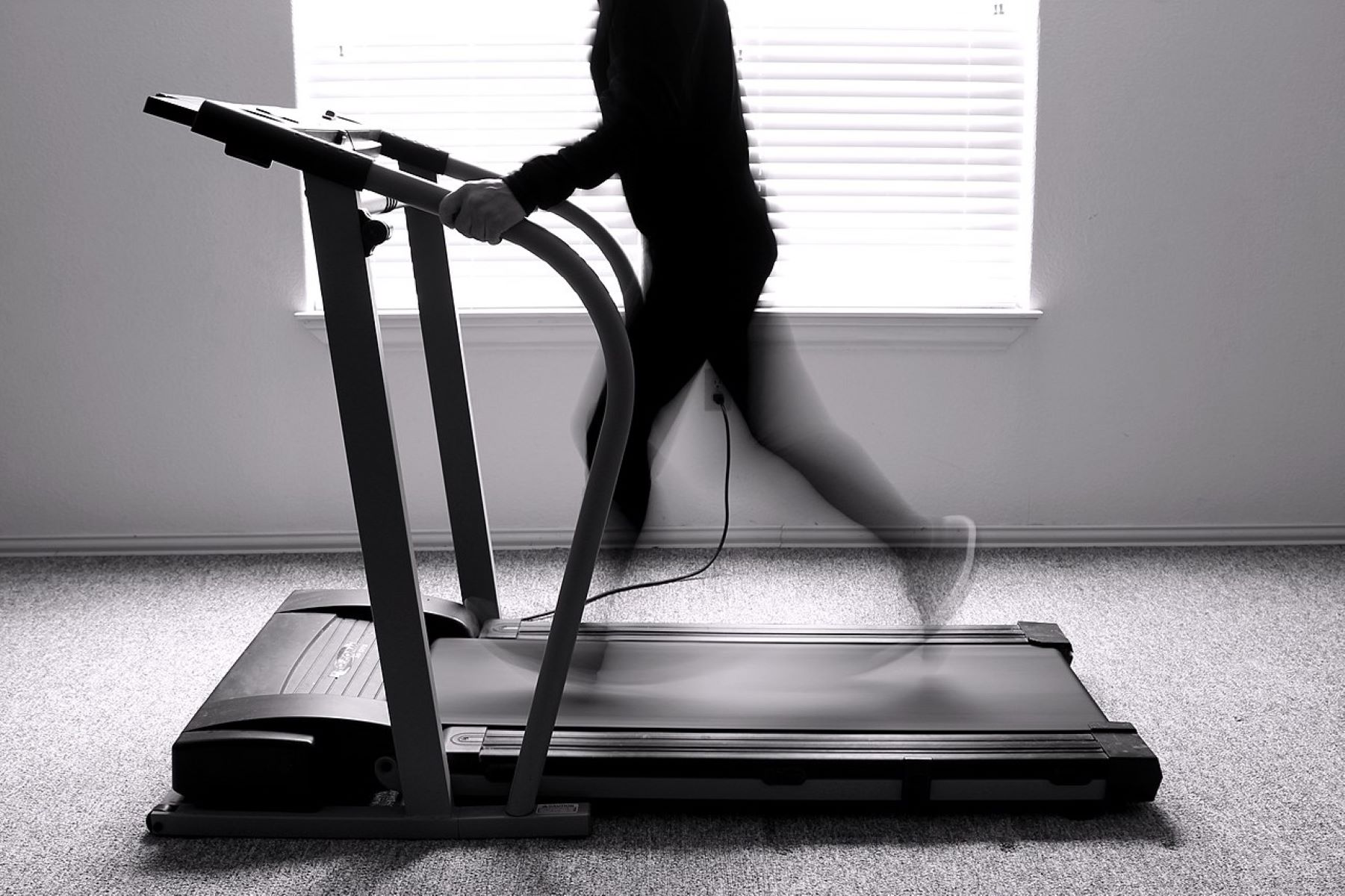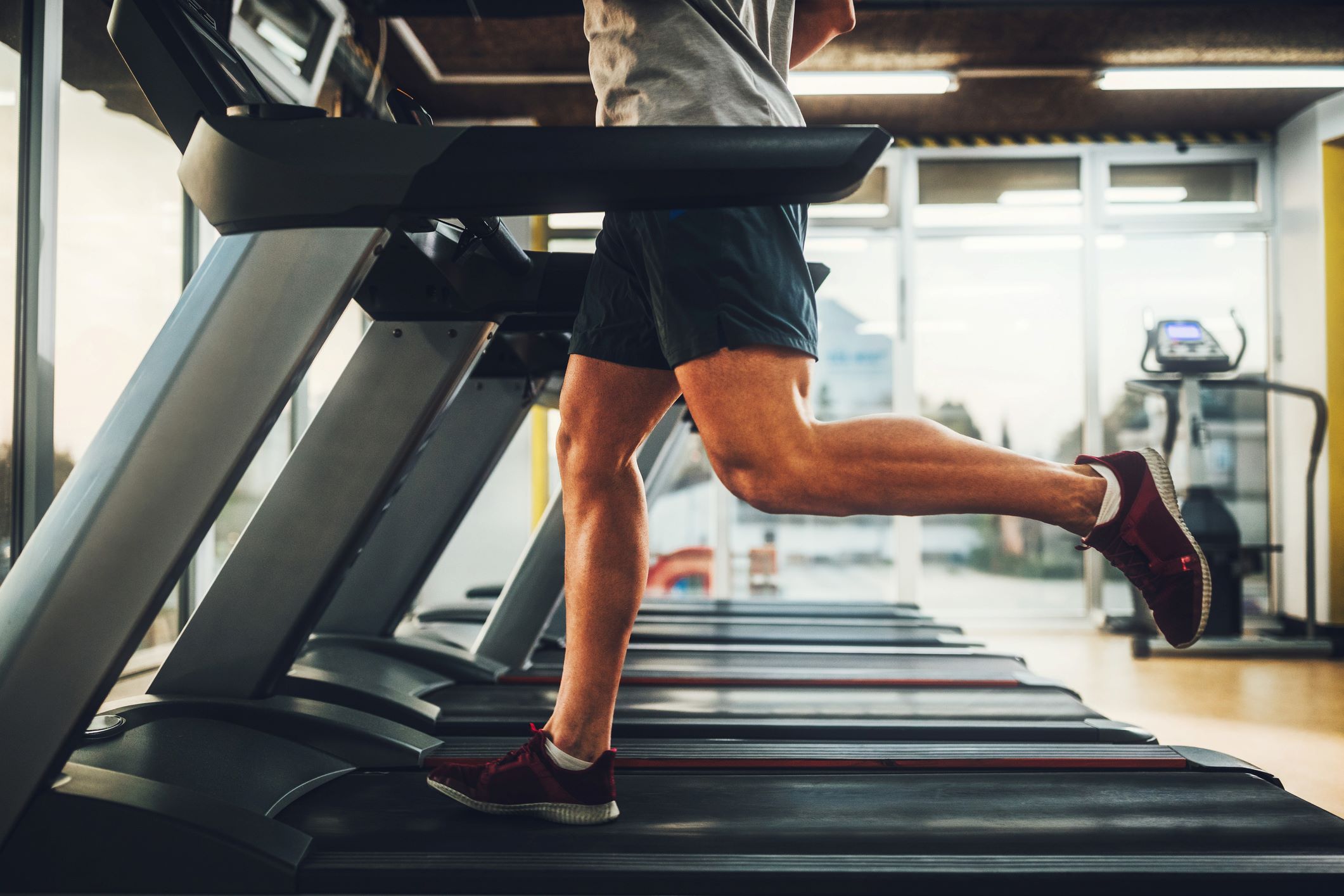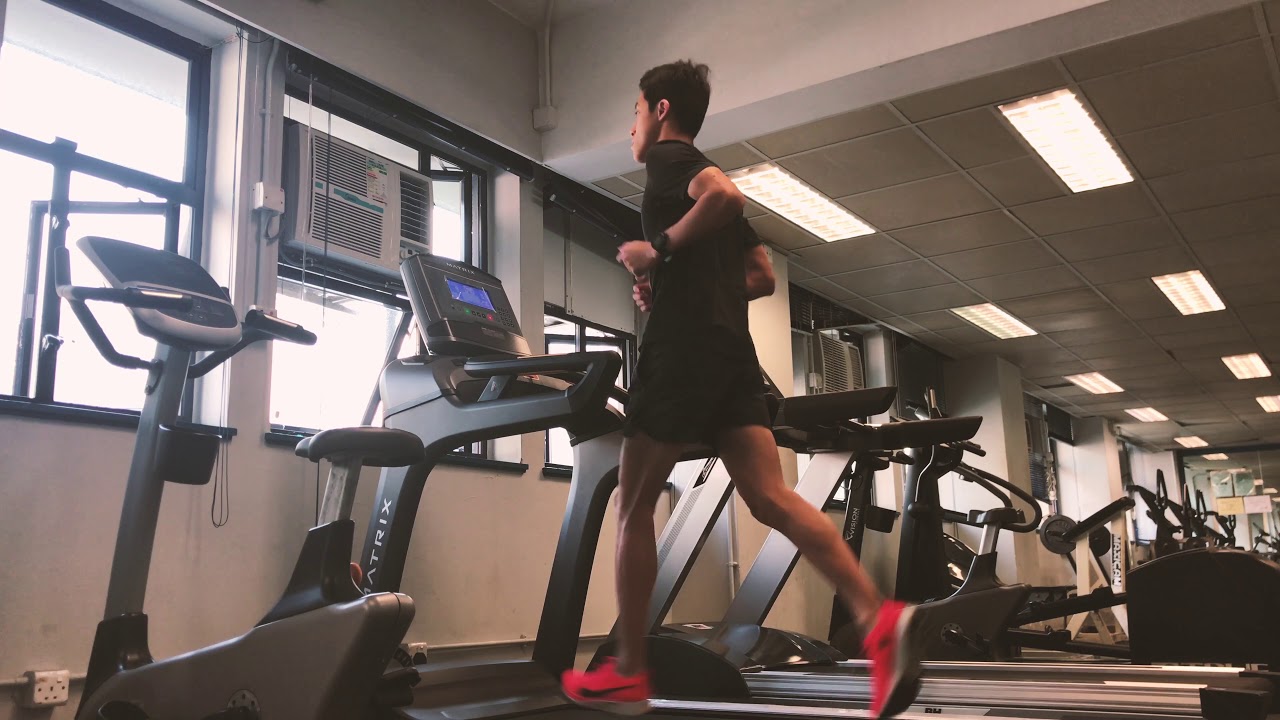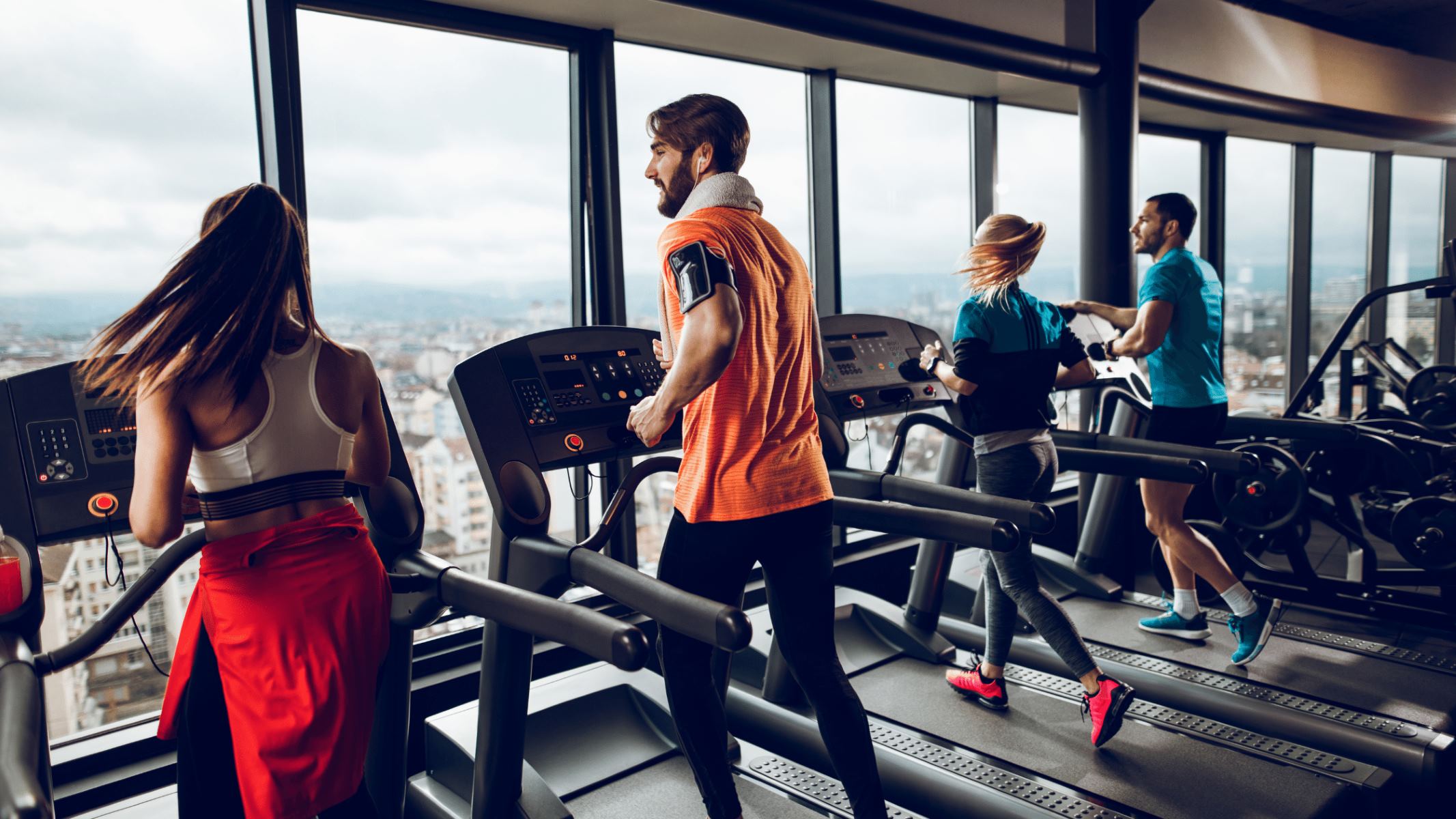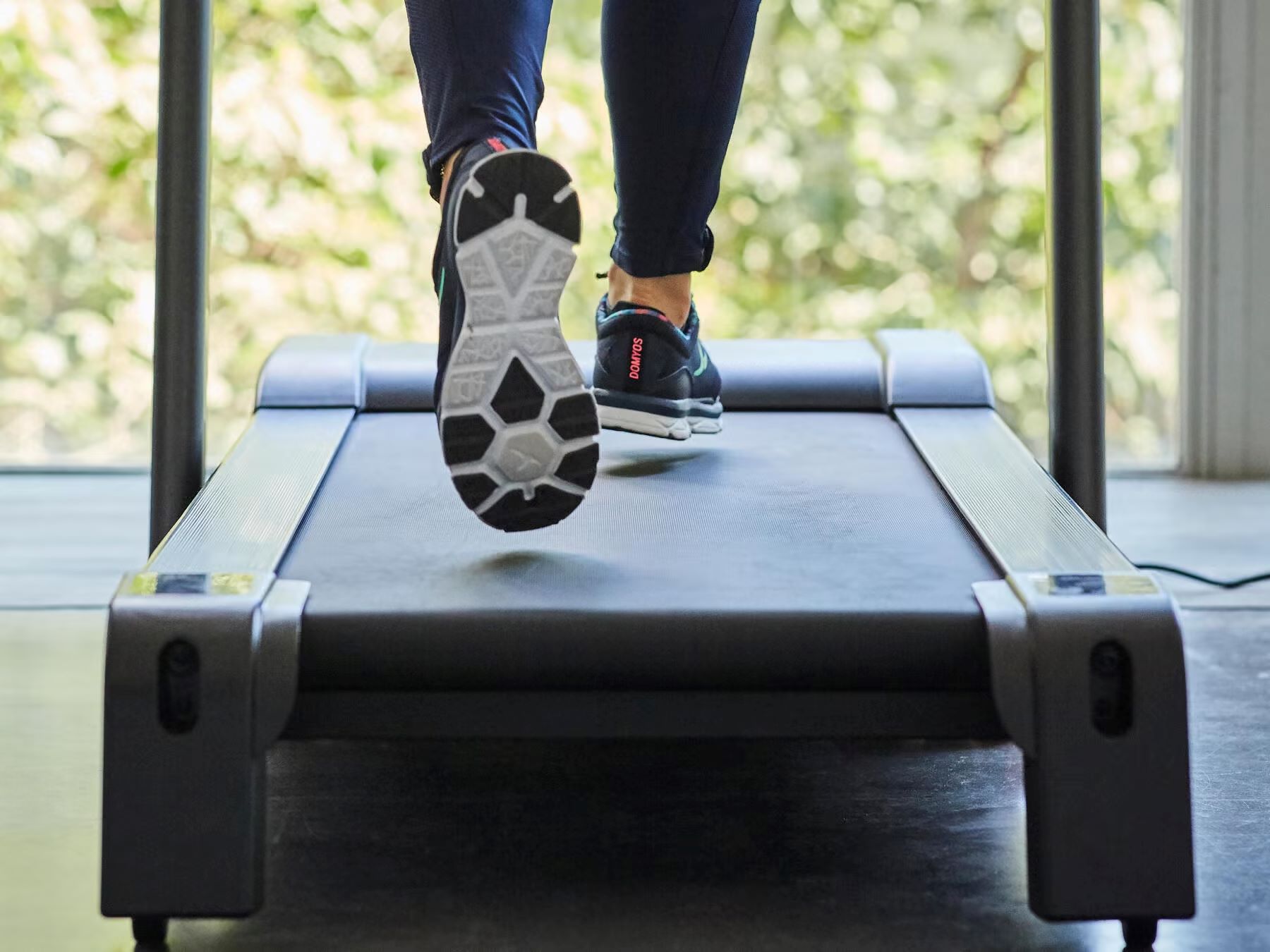

Featured
What Pace Is 7mph
Modified: August 21, 2023
Discover the pace of 7mph and how it can help you stay fit and active. Get featured in our guide to maintain a healthy and energetic lifestyle.
Introduction
Running has long been considered one of the most effective forms of exercise for improving cardiovascular health, boosting endurance, and increasing overall fitness levels. However, not all runs are created equal. The pace at which you run can greatly impact the benefits you derive from your exercise routine.
Understanding the concept of pace is crucial for any runner looking to optimize their training and achieve their fitness goals. Whether you’re a beginner aiming to improve your running speed or an experienced athlete seeking new challenges, knowing how different paces affect your body can make a significant difference in your overall performance.
In this article, we will delve into the specifics of running at a pace of 7 miles per hour (mph). We will explore what this pace entails, the benefits and potential risks associated with running at this speed, and provide helpful insights on how you can train to reach and maintain a 7mph pace.
So, if you’re ready to take your running to the next level, lace up your shoes and let’s dive into the world of running at 7mph!
Understanding Pace
Pace, in the context of running, refers to the speed at which a runner covers a specific distance. It is often measured in terms of minutes per mile or miles per hour. Understanding pace is essential because it provides valuable insights into your running performance and helps you set achievable goals.
When it comes to pace, it’s important to note that every individual has a different capacity and comfort level. Some runners may find a 10-minute mile pace challenging, while others may effortlessly maintain a 7-minute mile pace. It’s crucial to listen to your body and set realistic goals based on your fitness level and experience.
Pace can vary depending on the distance you’re running and the terrain you’re traversing. Shorter runs typically allow for a faster pace, while longer distances may require a slower and more sustainable pace to conserve energy. Uphill sections of a run may naturally lead to a slower pace compared to downhill or flat sections.
To determine your pace, you can use various tools and techniques. One popular method is timing yourself over a given distance and calculating your pace using a stopwatch or a running app. Another option is to use a GPS watch or fitness tracker that automatically tracks your pace in real-time.
Understanding your pace is essential for a variety of reasons. Firstly, it helps you monitor your progress over time and identify areas for improvement. By tracking your pace during training runs, you can gauge your fitness level and gradually increase your speed as you become more comfortable.
Pace also plays a significant role in race strategy. Whether you’re participating in a 5K, half marathon, or marathon, knowing your target pace enables you to plan your race strategy accordingly. It helps you distribute your energy efficiently, prevent early burnout, and potentially achieve a personal best.
Moreover, understanding pace allows you to maintain a consistent effort level during training. By running at different paces (e.g., easy pace, tempo pace, or interval pace), you can work on various aspects of your fitness and train your body to adapt to different demands.
Now that we have a basic understanding of pace, let’s take a closer look at what running at 7mph entails and the potential benefits it can offer.
What is 7mph?
Running at a pace of 7mph means covering a distance of 7 miles in one hour. It equates to a consistent speed of approximately 8.6 minutes per mile. This pace is considered a moderate-to-fast speed, and it requires a reasonable level of fitness and running experience to maintain.
Running at 7mph is often described as a brisk pace and can be challenging for beginners or individuals who are not accustomed to regular running. However, with proper training and practice, many runners can achieve and sustain this pace for a significant duration.
Running at 7mph is a great option for individuals looking to improve their running performance, increase their cardiovascular fitness, and burn calories efficiently. It provides a perfect balance between speed and endurance, pushing your limits without overwhelming your body.
When running at 7mph, you should aim for a steady rhythm and maintain your pace consistently. It’s important to avoid starting too fast and exhausting yourself early in the run. Instead, focus on pacing yourself and finding a comfortable stride that you can maintain over longer distances.
While running at 7mph may be challenging initially, it’s important to remember that consistency and perseverance are key. With regular training, your body will adapt and become more efficient at this pace, resulting in improved performance and an increased ability to sustain the speed.
It’s worth mentioning that running at 7mph is subjective and can vary based on individual fitness levels and goals. Some runners may find this pace to be comfortable for shorter distances, while others may need to build up their endurance gradually to maintain this pace over longer runs.
Next, let’s explore the various benefits that running at 7mph can offer.
Benefits of Running at 7mph
Running at a pace of 7mph offers a range of benefits for your physical and mental well-being. Let’s take a closer look at some of the advantages you can expect when incorporating this speed into your running routine:
- Improves cardiovascular health: Running at 7mph elevates your heart rate and increases blood circulation, which strengthens your cardiovascular system. Regular running at this pace can reduce the risk of heart disease, lower blood pressure, and improve overall heart health.
- Boosts endurance: Running at a moderately fast pace like 7mph helps to build endurance over time. As you consistently train at this speed, your body becomes more accustomed to sustaining an elevated level of effort, allowing you to run longer distances with greater ease.
- Increases calorie burn: Running at 7mph is an effective way to burn calories and manage weight. The higher intensity of this pace leads to a greater energy expenditure, helping you shed excess pounds and maintain a healthy body composition.
- Builds leg strength: Running at a brisk pace like 7mph engages your leg muscles more intensely, including your quadriceps, hamstrings, and calves. Over time, this can lead to increased strength, improved muscle tone, and enhanced lower body power.
- Enhances mental clarity: Running at a moderate pace stimulates the release of endorphins, also known as the “feel-good” hormones. This can result in improved mood, reduced stress and anxiety, and enhanced mental clarity and focus.
- Promotes bone health: Running at 7mph is considered a weight-bearing exercise, meaning it puts stress on your bones, which helps to strengthen them. Regular running at this pace can contribute to stronger bones, reducing the risk of osteoporosis and improving overall bone density.
- Challenges your limits: Running at a pace of 7mph pushes you out of your comfort zone and challenges your physical and mental limits. This can lead to a sense of accomplishment and a boost in self-confidence as you achieve new running milestones.
It’s important to note that the benefits of running at 7mph may vary from individual to individual. Factors such as fitness level, training consistency, and overall health play a role in how your body responds to this pace.
Now that we’ve explored the advantages of running at 7mph, let’s turn our attention to some of the risks and considerations associated with maintaining this pace.
Risks and Considerations
While running at a pace of 7mph can be beneficial, it’s important to be aware of the potential risks and considerations associated with maintaining this speed. Here are some factors to keep in mind:
- Increased risk of injury: Running at a faster pace puts more strain on your muscles, joints, and tendons. This can increase the risk of overuse injuries such as shin splints, stress fractures, or muscle strains. It’s crucial to listen to your body, practice proper form, and gradually increase your speed to minimize the risk of injury.
- Individual fitness level: Running at 7mph may not be suitable for everyone, especially beginners or individuals with certain health conditions. It’s important to consult with a healthcare professional or a certified running coach to determine if this pace is appropriate for your current fitness level and any specific considerations you may have.
- Training intensity and recovery: Running at a pace of 7mph requires a higher level of intensity compared to slower speeds. It’s essential to balance intense training with proper rest and recovery to avoid overtraining and burnout. Incorporate adequate rest days, cross-training activities, and listen to your body’s signals to prevent fatigue and injury.
- Gradual progression: If you’re new to running or looking to increase your pace, it’s crucial to progress gradually. Pushing yourself too hard or too quickly can lead to exhaustion, discouragement, and potential injuries. Start by incorporating shorter intervals of running at 7mph into your workouts and gradually increase the duration as your fitness improves.
- Personal goals and preferences: Running at 7mph may not align with everyone’s goals or preferences. Some individuals may find more enjoyment and benefit from slower, longer runs, while others may thrive on faster sprints or interval workouts. It’s important to find the running pace that suits you best and aligns with your objectives.
By understanding and being mindful of these risks and considerations, you can make informed decisions about incorporating a 7mph pace into your running routine. It’s always important to prioritize safety, listen to your body, and make adjustments as needed.
Now that we’ve explored the risks and considerations, let’s move on to discussing how you can train to run at a 7mph pace.
Training to Run at 7mph
Training to run at a pace of 7mph requires a structured and progressive approach to gradually increase your speed and endurance. Here are some tips to help you train effectively:
- Set clear objectives: Define your goals and establish a realistic timeline for achieving them. Whether you want to complete a specific race or simply improve your overall running performance, having clear objectives will guide your training plan.
- Build a solid base: Before focusing on speed, it’s important to build a solid running foundation. Incorporate regular runs at a comfortable pace to improve your cardiovascular fitness, strengthen your muscles, and enhance your endurance.
- Incorporate interval training: Interval training is a highly effective method for improving running speed. Gradually introduce intervals at a 7mph pace into your training routine. Start with shorter intervals (e.g., 1-2 minutes) and gradually increase the duration as you become more comfortable.
- Tempo runs: Include tempo runs in your training, where you maintain a sustained effort just below your maximum capacity. This helps improve your lactate threshold and ability to sustain a faster pace for longer periods.
- Strength and cross-training: Incorporate strength training exercises to build the necessary muscle power and endurance. Include exercises that target the lower body, such as squats, lunges, and calf raises. Additionally, cross-training activities like cycling or swimming can help improve overall fitness and reduce the risk of overuse injuries.
- Rest and recovery: Allow for adequate rest and recovery days in your training schedule. Recovery is crucial for the body to adapt and improve. Listen to your body’s signals and give yourself time to rest and rejuvenate between intense workouts.
- Progress gradually: Gradually increase the duration and intensity of your 7mph runs over time. Pushing yourself too hard too soon can lead to burnout or injury. Aim for incremental improvements and be patient with your progress.
- Maintain proper form: Pay attention to your running form to ensure efficiency and reduce the risk of injury. Maintain an upright posture, relax your shoulders, and engage your core muscles. Focus on a mid-foot strike and a smooth arm swing.
Remember, everyone progresses at their own pace, so listen to your body and make adjustments as needed. Celebrate small victories along the way and be consistent with your training to see improvements in your speed and endurance.
With dedication and perseverance, you can achieve your goal of running at 7mph and enjoy the benefits that come with it.
Now that we’ve covered training methods, let’s wrap up this article.
Conclusion
In conclusion, running at a pace of 7mph can be a challenging yet rewarding endeavor. It requires dedication, consistency, and proper training to achieve and maintain this speed. Running at 7mph offers a variety of benefits, including improved cardiovascular health, increased endurance, calorie burn, and enhanced mental clarity.
However, it’s crucial to be mindful of the potential risks and considerations associated with maintaining this pace. The risk of injury, individual fitness level, training intensity, and gradual progression should all be taken into account when incorporating a 7mph pace into your running routine.
To train effectively, establish clear goals, build a solid running foundation, and gradually incorporate intervals and tempo runs at a 7mph pace. Strength training and cross-training activities are also important for overall fitness and injury prevention. Remember to prioritize rest and recovery to allow your body to adapt and improve.
Ultimately, finding the right running pace for you is key. While running at 7mph can be a challenging goal to strive for, it’s important to enjoy the journey and celebrate your achievements along the way. Whether it’s increasing your speed, completing a race, or simply improving your overall fitness, running at 7mph can help you reach new heights and become a stronger, more confident runner.
So, lace up your running shoes, set your sights on that 7mph pace, and embrace the exhilarating world of fast-paced running! Happy running!
